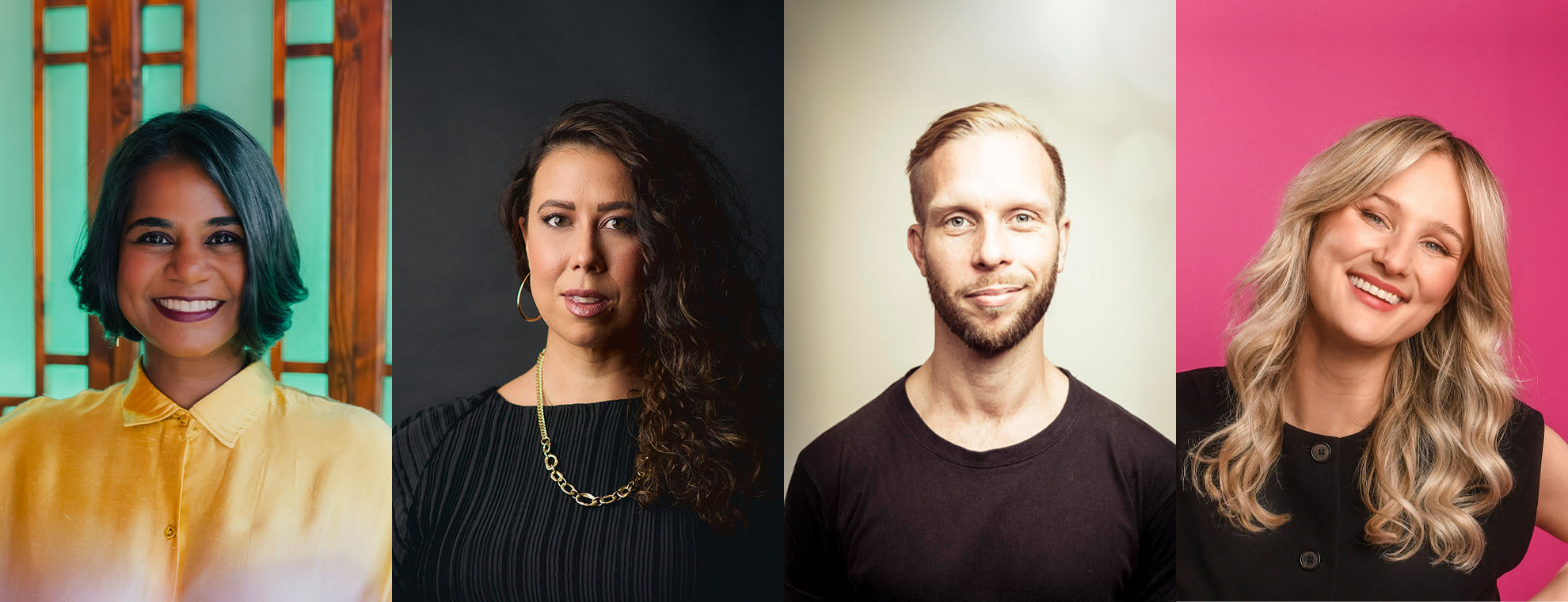Overview
First awarded in 2011, the Sidney Myer Creative Fellowships provide unrestricted, $200,000 tax-free grants over two years to early mid-career Australian artists, creatives and cultural leaders. Specific outcomes for the Fellowships are not required.
The two criteria used to select Fellows are: outstanding talent and exceptional courage. Specifically, this talent and courage relates to the creative practice of the Fellows and not to cases of personal hardship.
In 2024, The Ian Potter Cultural Trust joined the Sidney Myer Fund in appointing Creative Fellows. The Trust awards two Ian Potter Creative Fellowships annually, with the same value, criteria and structure as the Sidney Myer Creative Fellowships.
Nominations are welcome for artists, creators and cultural leaders across the entire spectrum of the arts and humanities. Applicants to the program may not self-nominate and must include two referees who are not the nominator. Nominations for the 2026 Creative Fellowships will open on 1 July 2026.
Application & Selection Process
Early mid-career artists, creatives and cultural leaders must be nominated to receive a Creative Fellowship. For details on who is eligible for a Creative Fellowship and who can nominate, refer to the FAQ below.
Nominations are reviewed by a national panel of industry advisors with consideration to two criteria: outstanding talent and exceptional courage. Nominations that are recommended by the industry advisory panel form the basis of a shortlist from which Sidney Myer Fund’s Arts & Culture Committee then recommends recipients to the boards of The Ian Potter Cultural Trust and Sidney Myer Fund.
Recent Awardees
2025 Sidney Myer Creative Fellows
The Sidney Myer Creative Fellowships are awarded by the Trustees of Sidney Myer Fund on the recommendation of its Arts & Culture Committee. The list of recipients is drawn, on an exclusive basis, from a shortlist of recommendations from expert industry advisors. The industry advisors for the 2025 Sidney Myer Creative Fellowships included: Anna Krien, Antony Hamilton, Brian Ritchie, Clothilde Bullen OAM, Debbie Pryor, Debra Adelaide, Emily Floyd, Iain Grandage AM, Julian Hobba, Julie Ewington, Kate Fell, Kate Jinx, Kate Miller-Heidke, Merindah Donnelly, Nam Le, Tait Brady, Tarun Nagesh, Tim Watts, Wendy Martin and Zainab Syed.
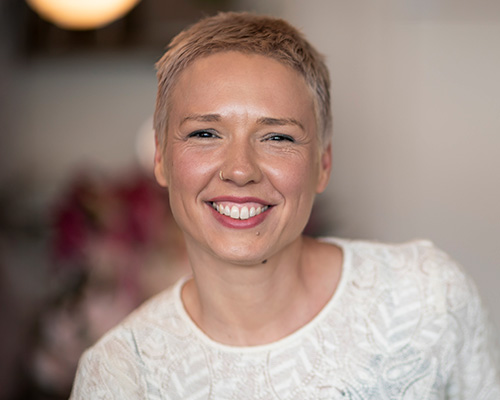
Emily Bitto
Emily is a writer of fiction, poetry and non-fiction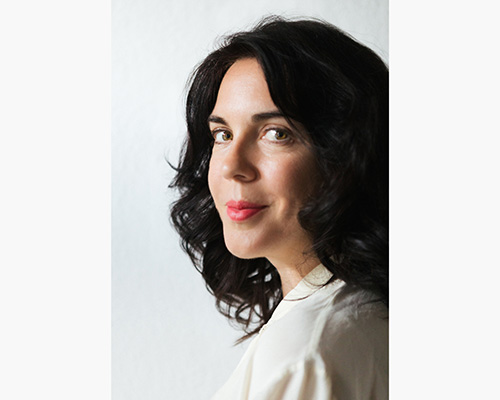
Gabrielle Brady
Gabrielle is a writer and director who makes films and video art situated between fiction and documentary
Joel Bray
Joel is a Wiradjuri man and Artistic Director of Joel Bray Dance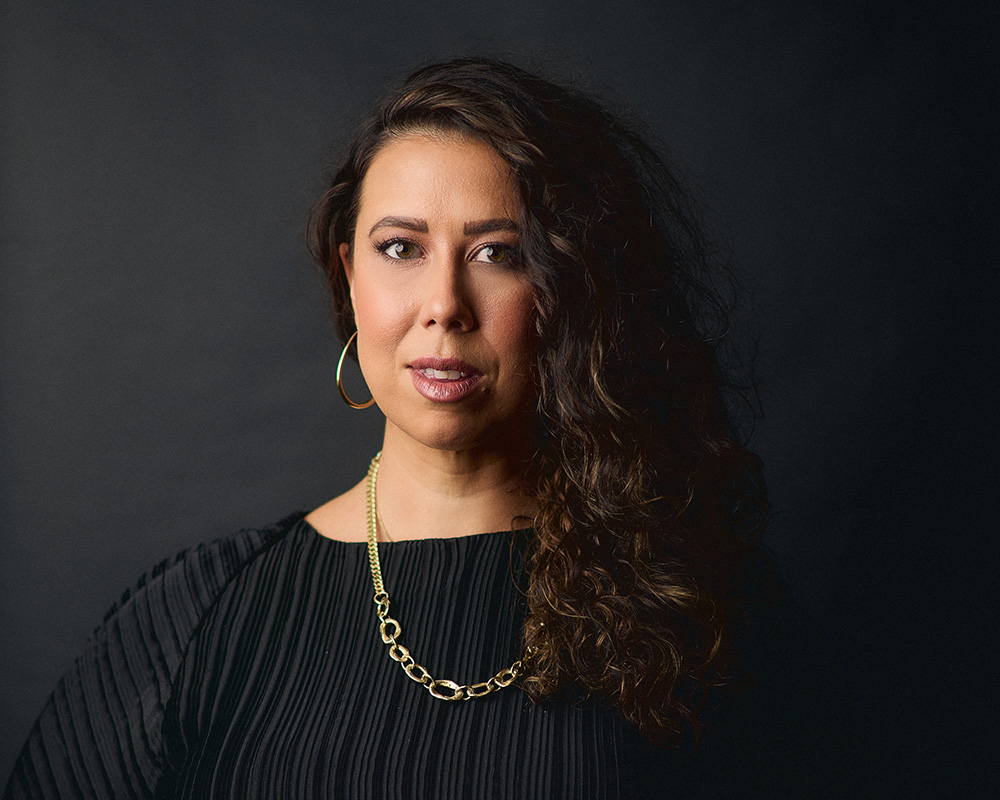
Kimberley Moulton
Kimberley is a Yorta Yorta woman and an independent curator and writer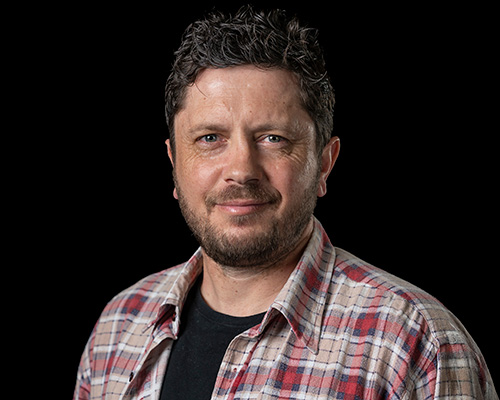
Nathan Maynard
Nathan is a Trawlwoolway man and multidisciplinary artist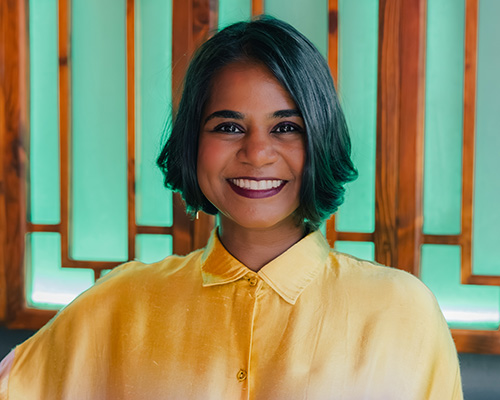
Nithya Nagarajan
Nithya is a Tamil-Australian artist, curator and writer working across contemporary performance and visual cultures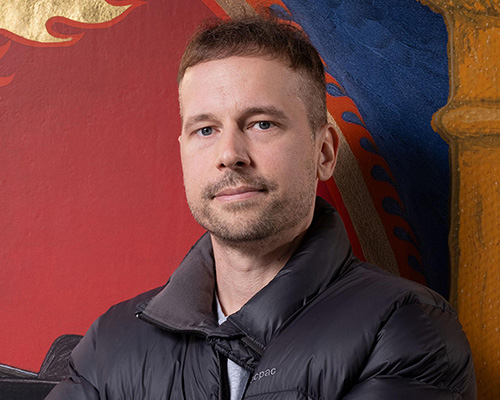
Ryan Presley
Ryan is a Marri Ngarr artist with a practice spanning painting, drawing, printmaking, installation and new media.jpg?updated=1765498617)
Yve Blake
Yve is a writer and composer for stage and screenFAQs
Who is eligible for a Creative Fellowship?
Nominees must be early mid-career artists, creatives or cultural leaders. We define early mid-career as having reached at least seven years of practice. Those with established careers (generally over two decades' experience) are not eligible for Creative Fellowships.
Nominees must be Australian Citizens or Permanent Residents of Australia.
Nominees must be primarily resident in Australia for the period of the Creative Fellowship.
Nominees cannot self-nominate, nor can they be nominated by a member of their family.
The Creative Fellowships are intended to support originating artists, creatives and cultural leaders. Arts and cultural workers whose practice is primarily in education or therapy (for example, music therapy) are not deemed eligible for this program.
How does one determine the nominee's years of practice?
‘Years of practice’ relates to the work of an artist, creative or cultural leader in their nominated form outside the context of tertiary training – this can be in a paid or unpaid capacity. Generally speaking, and for the purposes of this program, artistic or creative practice follows formal training. Where a nominee does not have formal training, the beginning of their practice is commonly marked by a significant recognition of the artist’s work and the artist’s vocational commitment to ongoing practice.
An artist who has exercised a number of roles within an art form is deemed to have a continuous practice within that art form. That is, a nominee whose art form is the visual arts, and whose post-tertiary career began in art making and subsequently shifted to art curation will be regarded as having a continuous practice in the visual arts. In calculating their years of practice, the nominee should combine these two periods.
Similarly, an artist whose career commenced as an actor and who subsequently shifted their focus exclusively to stage direction would be regarded as having a continuous theatre practice. A dancer who has moved into choreography will be regarded as having a continuous dance practice.
The Fellowships recognise that many artists (with or without training in traditionally recognised art forms) are working in new territories less clearly defined as a single arts practice. We welcome nominations for these artists provided they include a detailed biographic narrative clearly delineating the nature and duration of the practice for which they are being nominated.
Nominators should attach a CV for the nominee that clearly corroborates their years of practice.
What if there has been a break in the nominee’s artistic or cultural practice?
Artists’ careers are not always linear, and we recognise that there may be periods of time when the nominee has withdrawn from artistic practice.
A nominee may have taken a significant break from their artistic practice to care for children or others. This period of time should be taken into account when calculating their years of practice. For example, if a musician worked for four years, then took two years off to help raise a child, then returned to working as a musician for two more years before being nominated, their overall years of practice would be six (not eight).
Should an artist have more than one arts practice, then this will also be taken into consideration. For instance, an individual may have practiced as a fine arts painter for three years, then worked as a production designer or props maker for ten years, then returned to their visual arts practice as a curator for the following three years. The period of continuous practice in the artform for which the nominee is being nominated (the visual arts) is the cumulative total of six years, being three (painting) plus three (curation) over a sixteen-year period.
What support materials should be provided?
No more than five items can be submitted, including audio and visual files, support letters, and an artist CV.
A CV must be no more than two pages and clearly corroborate the nominee’s biographic narrative and their years of practise.
One support letter counts as one item of support material. Longer files will be edited down before being assessed.
One page of testimonials or extracts from peer review counts as one item of support material.
The total cumulative duration of any video or audio content across the five items must not exceed 20 minutes.
Hyperlinks to sites such as Vimeo or other password protected sites should where possible use the standardised password: Fellowship25
Please ensure that all support material is clearly labelled. Along with the support material, you can supply a summary document that includes captions for images, or passwords for links, if required (this document does not count towards the maximum of five support material items).
Does the nominee have to produce an artwork at the end of the Creative Fellowship?
No. Creative Fellowships are untied. Creative Fellows can spend their grants as they see fit.
Is a report or acquittal required at the end of the Creative Fellowship?
We ask Creative Fellows to provide a brief written report at the end of year one and again at the end of year two.
Can I have an extension?
No. Nominations received after the closing time will not be accepted (for example, due to technical, personal or other challenges). There are no exceptions. Also, we do not accept further information from nominators once the deadline for submissions has passed.
Can I nominate more than one person?
A nominator can choose to nominate more than one person for a Creative Fellowship.
How are Creative Fellows paid and do they have to pay tax on their grant?
Creative Fellows will receive their grants in tax-free yearly instalments of $100,000. Refer to the Australian Taxation Office’s Class Ruling declaring the Creative Fellowships tax free for details.
How will I know if my nominee has been granted a Creative Fellowship?
On submitting the form, the nominator will receive a confirmation notice that it has been received. After the conclusion of the selection process, nominators will receive an emailed letter advising them of the outcome. Recipients are announced on this website and via our mailing list.
What are the dates to remember?
Nominations for 2026 will open on 1 July 2026
What do you mean by ‘talent’ and ‘courage’?
The words ‘talent’ and ‘courage’ will mean different things to nominators in relation to their nominees depending on the nature of their practice and the context for this work. The nominator will need to identify what it is in relation to the nominee’s creative practice that most strongly distinguishes their outstanding talent and exceptional courage.
Please note, in the context of the Creative Fellowships, courage relates to the nominee’s creative practice (commonly illustrated through artistic challenges, daring innovation, breaking new ground and redefining the possible) and not to surmounting personal hardships. Personal sacrifice may indeed be formative but it does not, for the purposes of the selection process, equate to creative courage.
What if the nominee is employed by a company at the time of receiving the Creative Fellowship?
Employment or otherwise will not be considered in the selection process. The Creative Fellowships are not means tested. That is, a nominee’s financial status (or employment) will not be considered when awarding the grants. A Creative Fellow is free to earn other income during the Fellowship.
What is meant by 'artform' and 'artform category' in the nomination form?
The question about 'artform' relates to the form of practice in which the individual is nominated. Artforms might include circus, comedy, community arts, cultural leadership, dance, design, film, humanities, literature, live art, music, nonfiction, theatre, or visual arts.
The question about 'artform category' allows you to choose just one broad grouping with which the nominee is most closely aligned. For interdisciplinary or multidisciplinary artists, please select the category which best aligns with the nominee's primary creative practice. You can offer further detail or qualification in the artform field above.
Who should be asked to referee?
Referees should be able to advocate for the nominee’s achievements and potential in their practice with authority. Referees cannot also be nominators for the same nominee.
Who should be the nominator?
The nominator should be the person who can best speak to the nominee’s talent and courage as an artist, creative or cultural leader.
Nominators cannot be a family member of the nominee.
Nominators do not have to be Australian citizens and can be based overseas. However, they should be readily contactable.
Who will be the industry advisors?
Industry advisors are accomplished and respected arts and cultural leaders from around the country – the membership of this group is continually evolving and seeks to represent a diverse and representative array of informed perspectives. The identities of industry advisors are only made public at the conclusion of each year’s selection process.


